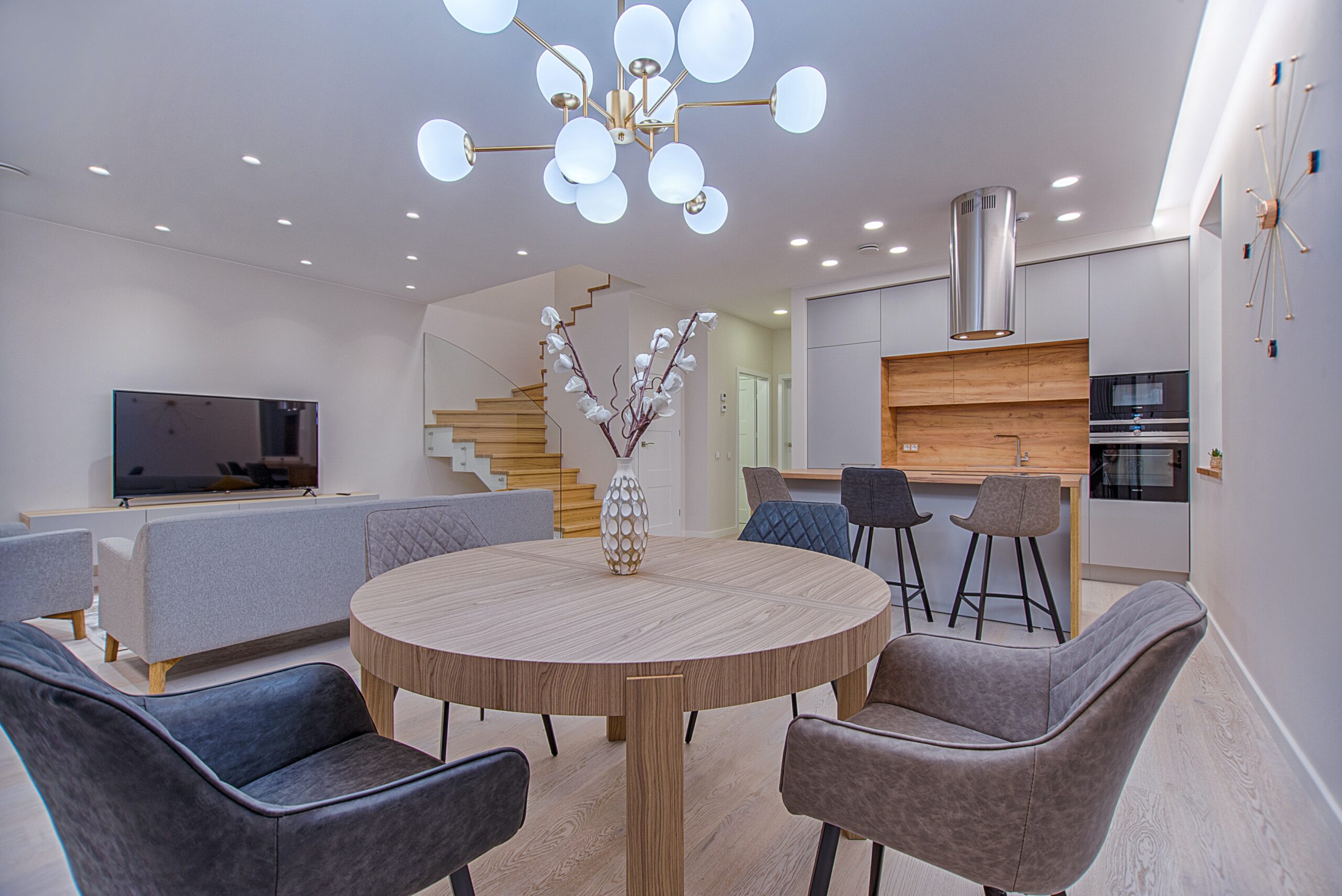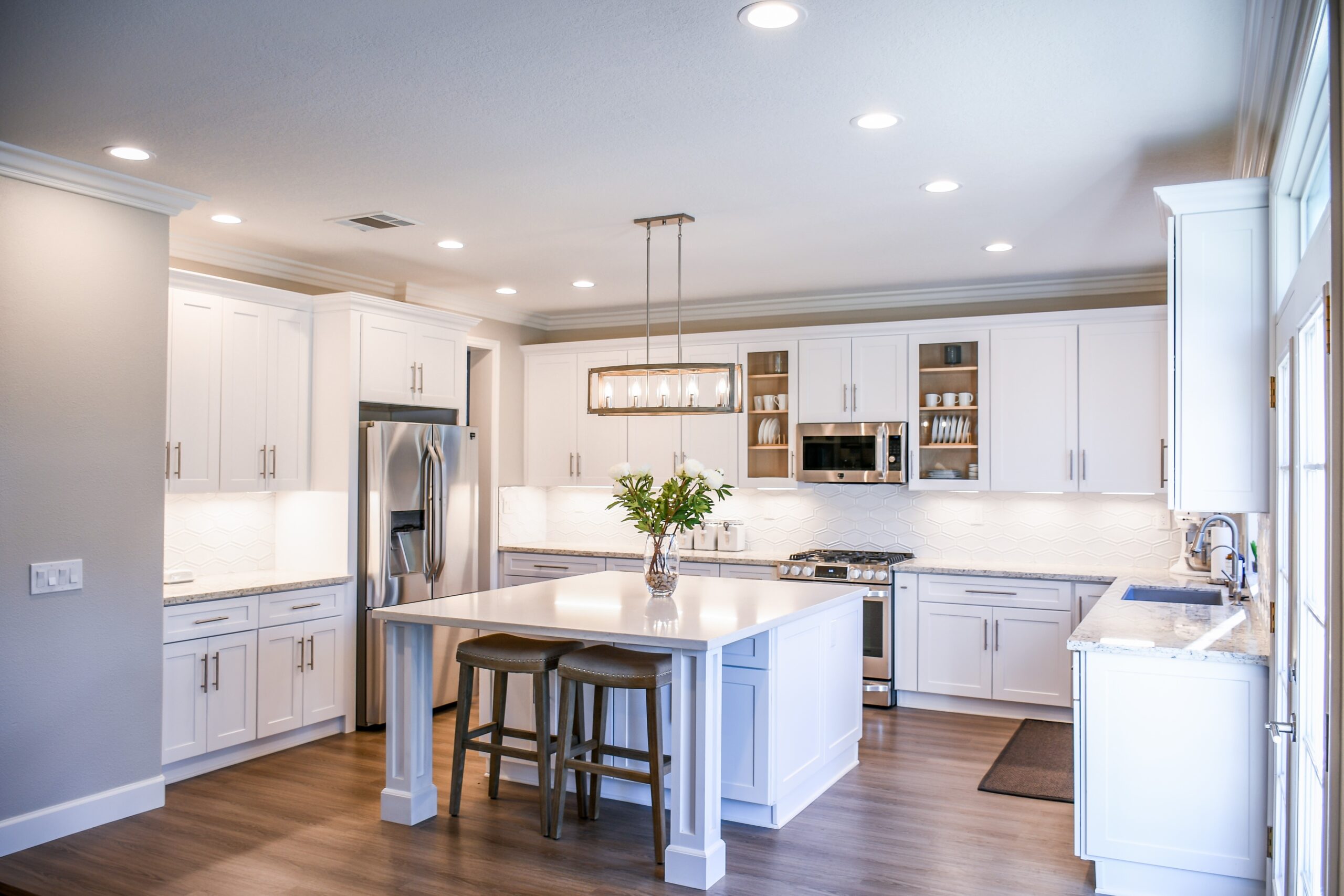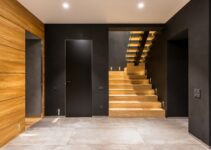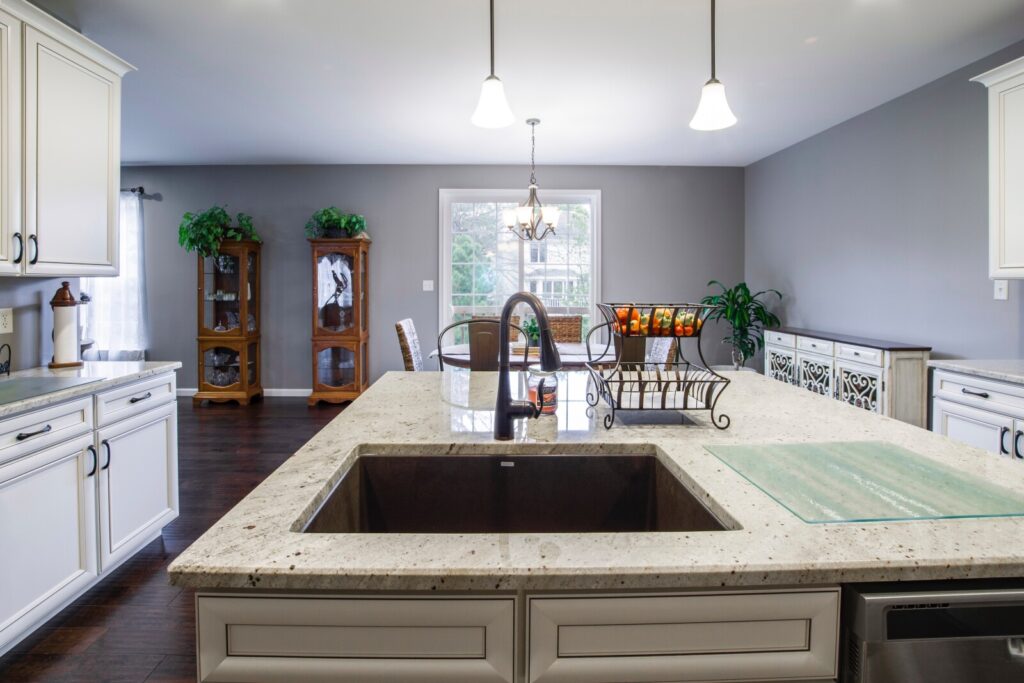Unlock the Potential of Your Kitchen with Recessed Lighting
Planning and layout are crucial to success for those considering recessed lighting to upgrade the design of their home or kitchen. Every kitchen has unique characteristics that must be accounted for so it can be adequately illuminated; however, specific methods, materials, and guidelines exist that you should consider as part of a successful installation process. Before embarking on this project, let us provide insight into how to plan and layout kitchen recessed lighting from start to finish!

Unlock the Potential of Your Kitchen with Recessed Lighting
Understand the purpose of kitchen recessed lighting – creating a well-lit and aesthetically pleasing atmosphere.
Kitchen recessed lighting serves multiple purposes beyond just illuminating the space. While functional lighting is essential in a kitchen, the recessed fixtures can create an aesthetically pleasing atmosphere. The fixtures are installed into the ceiling, which allows them to blend in seamlessly with the space. They spotlight specific areas and objects, such as countertops, cabinets, and appliances, providing a fantastic amount of light for meal prep or entertaining guests. Recessed lighting can also make small kitchens appear more spacious by removing the need for large, bulky fixtures. Homeowners can create a warm and inviting ambiance in their kitchens by selecting the correct fixtures and light bulbs. Ultimately, kitchen recessed lighting is a terrific way to balance style and function in one of the most important rooms of the house.
Understand the types of recessed lights available, considering size, shape, and wattage.
When it comes to choosing recessed lights, a variety of options are available for consideration:
- Size is vital in determining the right fit for your space. Smaller lights are ideal for tighter areas with limited space, while more extensive options work well in more spacious rooms.
- Your room’s overall aesthetic can be affected by the shape of your fixture. Consider choosing a square shape for a modern look, or opt for a more traditional round shape.
- Wattage determines the brightness of your lights, so choosing a level that suits your needs is essential.
Overall, considering these factors will guide you toward finding the perfect recessed lights for your home or business.

Understand the types of recessed lights available, considering size, shape, and wattage
Identify existing wiring options to determine the best placement for your recessed lighting in the kitchen.
When installing recessed lighting in your kitchen, it’s important to consider existing wiring options. This will determine the best placement for your new lighting fixtures and help ensure the electrical work is done safely and up to code. A professional electrician can evaluate the wiring in your kitchen and recommend the best course of action for installing your new lighting. Whether you’re looking to enhance task lighting over your countertops or create a warm ambiance for dining, identifying the suitable wiring options will set you on the path to a beautifully illuminated kitchen.
Prepare for the installation by gathering all necessary supplies.
Before beginning any installation project, gathering all the necessary supplies is essential. By doing so, you can save yourself time and prevent potential delays or interruptions during the installation process. Whether you’re installing a new piece of software or setting up a complex system, take the time to create a detailed list of all the tools and materials you will need. This includes cables, adapters, hardware, software, and anything else necessary for a successful installation. Remember that your installation project’s success or failure depends mainly on your preparedness. So, take the time to gather all the necessary supplies before starting the installation process.
Calculate the number of lights required for each area, considering factors such as ceiling height, desired brightness, and space between them.
When determining the number of lights needed per area, it’s essential to consider various factors to ensure maximum efficiency and practicality. Critical considerations include ceiling height, desired brightness, and the distance between each light. Determining the correct amount of lighting is crucial as it impacts the overall ambiance of a space and dramatically affects a person’s mood and well-being. As such, taking a professional and calculated approach to lighting is essential.
Utilize professional help to ensure quality installation and no mistakes are made during the process.
When it comes to installations, mistakes can be costly and time-consuming. That’s why it’s essential to utilize a professional for these jobs. Experts and knowledgeable installers ensure that the installation is done right the first time and without costly mistakes. Not only will this save you time and money in the long run, but it will also give you peace of mind knowing that the job was done correctly. So, be sure to enlist the help of a professional for your next installation, and rest easy knowing that you’ve made the right choice.
Kitchen recessed lighting is a great way to transform the appearance of your kitchen and provide both ample brightness and aesthetic appeal. As with any home renovation project, it is essential to understand the purpose of recessed lights, what types are available, and how many you will need for each area. Additionally, preparations should be made beforehand, including purchasing necessary supplies and understanding existing wiring options to identify the best place for installation. Once all details have been considered, hiring a professional can help ensure that the installation process goes smoothly and that no mistakes are made. With a solid plan, recessed lighting can be an excellent option for transforming any kitchen into a light-filled space full of beauty.


